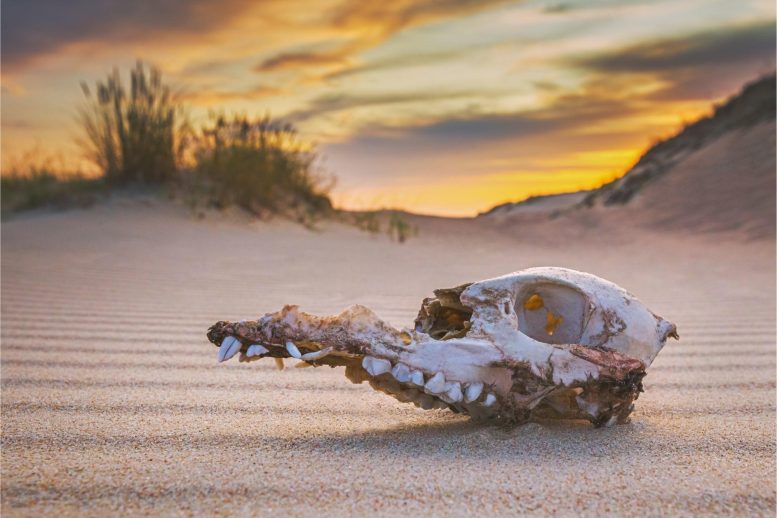
A study identifies over 3,700 species at risk of extinction due to natural disasters, with urgent conservation actions needed to preserve ecosystem functions and prevent species loss.
Many people understand that climate change is changing our world. However, it can also increase the likelihood of natural disasters, such as hurricanes, in areas where vulnerable species live.
Until recently, we had limited knowledge about which species are especially at risk due to natural hazards. Now, researchers from the Globe Institute at the University of Copenhagen have identified them, and the researchers behind the study, emphasize the urgent need for action based on their findings.
“We have identified which species are most at risk of extinction due to natural hazards, which is a new aspect of our findings. We also highlight strategies to prevent these extinctions, such as captive breeding programs to increase the population size and translocation of those species,” explains postdoc Fernando Gonçalves, one of the two first authors behind the study. His colleague and first author of the study, postdoc Harith Farooq adds:
“In our study, by overlapping the occurrence of four types of natural hazards with species that have limited distributions or occur in small numbers, we were able to identify which species may be more susceptible to these threats,” he says.
The researchers discovered that a total of 3,722 reptiles, amphibians, birds, and mammals are at risk of extinction because they live in areas where hurricanes, earthquakes, tsunamis, and volcanoes are most likely to occur.
“Half of these species is what we qualify as in ‘high risk’ of extinction due to natural hazards, and the majority of these are found in the tropics and especially on tropical islands, which have already experienced many extinctions since the colonization by humans,” says Jonas Geldmann and Bo Dalsgaard, who are senior authors of the study.
Efforts to Boost the Populations of Species at Risk
To help species withstand natural hazards, some may be moved to safer areas and have conservation efforts like captive breeding programs established. One example is an endemic parrot only found on the Caribbean Island of Puerto Rico.
“The Puerto Rican parrot, once widespread but now endangered due to human activity and hurricanes, is being protected through captive breeding and reintroduction efforts across Puerto Rico. That is one of the steps we are highlighting in the paper that should be done to increase the number of individuals in nature,” says Fernando Gonçalves.
The authors hope that the study will initiate other efforts to prevent species from extinction in the future. They also aim for their study to go beyond simply listing species at risk due to natural hazards, and to encourage studies that explore and understand the broader ecological impacts, such as the loss of interactions between these species and their environments.
“Considering that many vital aspects of ecosystems, such as pollination and seed dispersal, depend heavily on interactions among living organisms, the loss of these interactions can have significant consequences. This could result in a quicker decline in species numbers and a decrease in ecosystem functions,” says Fernando Gonçalves, and adds:
“We’re not just losing one species; we’re losing a multitude of ecosystem functions that these species provide,” says Fernando Gonçalves.
Reference: “A global map of species at risk of extinction due to natural hazards” by Fernando Gonçalves, Harith Farooq, Mike Harfoot, Mathias M. Pires, Nacho Villar, Lilian Sales, Carolina Carvalho, Carolina Bello, Carine Emer, Ricardo S. Bovendorp, Calebe Mendes, Gabrielle Beca, Laís Lautenschlager, Yuri Souza, Felipe Pedrosa, Claudia Paz, Valesca B. Zipparro, Paula Akkawi, William Bercê, Fabiano Farah, André V. L. Freitas, Luís Fábio Silveira, Fábio Olmos, Jonas Geldmann, Bo Dalsgaard and Mauro Galetti, 17 June 2024, Proceedings of the National Academy of Sciences.
DOI: 10.1073/pnas.2321068121
The project was supported by the Independent Research Fund Denmark (grant/award numbers: 0135-00333B; 0165-00018B).
1 Comment
“Natural hazards threaten the species… they used to call that “evolution”.